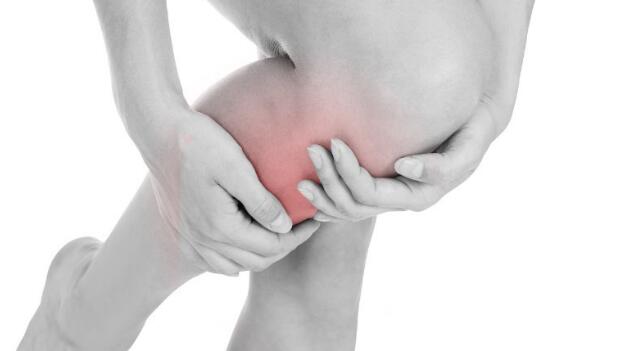
Any athlete who has experienced the pain of shin splints knows the frustration in dealing with this common overuse injury.
Running Events Near You
"Shin splints" is a general term for a condition caused by inflammation to the anterior or posterior muscles and tendons in the lower leg or adjacent soft tissue along the shin bone (tibia).
The area of tenderness can range from two to six inches and the pain may become so extreme that it causes you to stop running altogether. It's important to see a doctor, who can rule out a stress fracture of the tibia.
Shin splints occur most commonly in runners or aggressive walkers. The common belief is that they are caused by training on exceptionally hard surfaces, like concrete sidewalks, but the onset is often caused by an increase of intensity and frequency of running workouts, or by a dramatic change in your routine.
It's directly related to the repetitive pounding forces associated with running or poor mechanics.
So, increasing running speed or miles too quickly, or switching from soft surfaces (grass, rubberized tracks) to hard surfaces may put you at greater risk.
How to Prevent Shin Splints
Running Surface
When you make the adjustment from a soft running surface to a hard one, don't overdo it. Give your legs time to make the adjustment. If you run five miles on a soft surface, run fewer miles on a hard surface until your muscles and soft tissue make the adjustment. Your muscles and soft tissue will get sore, so monitor your recovery time carefully and don't overdo it.
Biomechanical Issues
A biomechanical analysis (often using motion capture video) can pinpoint problems with poor running mechanics.
For instance, in the case of anterior shin splints, the tibialis anterior muscle and tendon may be overextended during running, which stresses the muscle and tendon. By decreasing stride length, the athlete is effectively decreasing the functional length of the tibialis anterior muscle, which subsequently reduces the pull of the muscle on the tibia.
Shin splits are often found in runners who have a tendency to pronate the foot (roll it excessively inward onto the arch), or have tight Achilles tendons or calf muscles, or weak ankle muscles. Strengthening and stretching exercises for ankles and calf muscles can help prevent them from occurring.
Shoes
In addition, proper footwear is crucial. Don't use running shoes that are worn out, and choose a pair that meets your needs. Many running stores can help you choose the right shoes by examining your current shoes and evaluating your stride. Find a store in your area that has knowledgeable staff who will spend some time with you.
Running shoe manufacturers offer a variety of styles with different cushioning, stability and motion control features, so work with someone who can help you find the features that are right for you.
Orthotics
If you have faulty foot mechanics, a doctor or trainer may recommend orthotics -- custom fit, anatomically molded shoe inserts that realign the foot to a natural, neutral position. This in turn relieves foot and leg stresses and prevents a wide range of problems.
How to Treat Shin Splints
There is no quick cure for the treatment of shin splints. The healing process can take several weeks, or, in some cases, months. In order to allow the inflamed tissue to heal, it's recommended that you stop running.
During the initial recovery period, try low-impact workouts, such as stationary cycling, elliptical machines and pool running. Icing the inflamed area on a regular basis and using anti-inflammatory medications, such as ibuprofen, will reduce swelling. Ultrasound treatments can also help.
It's imperative that you find out what caused the shin splints in the first place and make adjustments to ensure they don't return. Begin running gradually and build up slowly to pre-injury training level.


